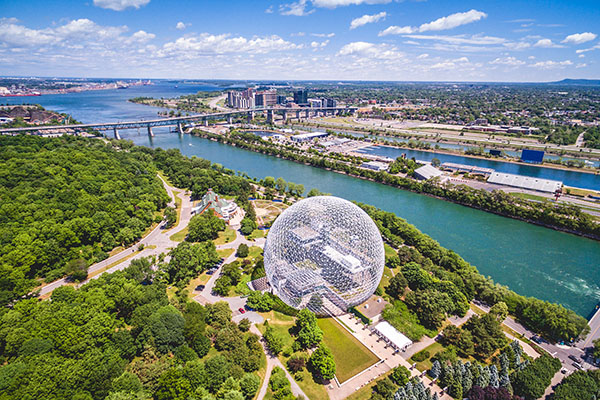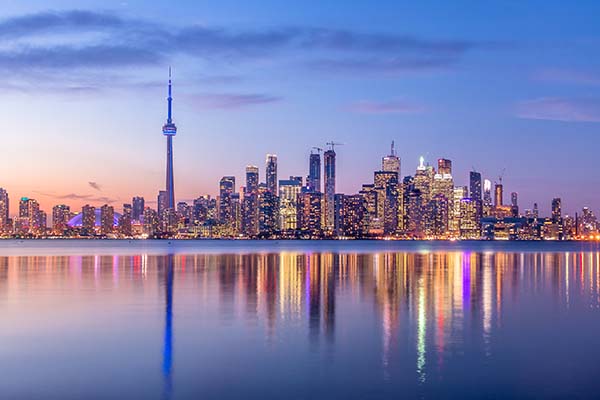
ID card — if you have one, you're all set!Not sure?








Canada is the second largest country in the world, located in North America with U.S. bordering the south up to the Arctic Circle at it’s north. The 13 Provinces and Territories stretch from the Pacific to the Atlantic Oceans, with a monarchy that has the UK Executive serving as Head of State. Wilderness attractions include Banff National Park, the Rocky Mountains, and Niagra Falls. They have plenty of urban allures too, from the CN Tower in Toronto to the International Film Centre in Vancouver, and the St. Lawrence River in Quebec City. Enjoy high tea at the Empress Hotel in Victoria, go snowboarding on Whistler Mountain, or see the skies light up at the Montreal Fireworks Festival. With a friendly population known for their happy disposition, national pride, and care for the environment, you’re bound to have delightful stay in Canada.
US citizens need a passport or NEXUS card to travel to Canada. Visitors from other countries may also require a Temporary Resident Visa. Canada now has a traveller pre-approval program called the Electronic Travel Authorization, which may be mandatory as well. Contact your Canadian embassy or consulate in your home country for more details on any other requirements.
Most major cities in Canada are at or below freezing in January and February, which is great for winter sports, but otherwise you may prefer to visit in the summer months. Many of the top spots will reach upper 70F to 80F in July. They also get a very pleasant ‘Indian summer’ in September and October, with gorgeous fall foliage. It is a vast country, however, with many climatic zones, so check the average temperature for the time of year and area you’re visiting. You’ll probably want to bring extra layers for early mornings and evenings.
All of Canada uses the Canadian dollar, which is not always on par with the US dollar – so check exchange rates before you travel. Credit and debit cards are the easiest way to make payment, as they are widely accepted throughout the country. ATM machines are easy to find in urban areas as well. You can exchange U.S. cash and Traveler’s Cheques at many banks, hotels, and exchange kiosks – but you’ll likely get a better exchange rate with your credit card.
Cell phone coverage is generally good in Canada, but check with your wireless carrier before you leave for international plans that meet your need while you’re there. They’ll often have specific options just for travel to Canada, and ask them about the data roaming too – which you may want to make sure is turned off, because it can be very expensive without the proper coverage. The libraries and most hotel lobbies, coffee shops, and restaurants will offer free WiFi, which is the best place for downloading data and using voice and text apps such as Skype or WeChat.
Getting around Canada by car is easy and most flexible, but keep in mind that you usually need to be 24 years old in order to rent a vehicle. Also, most speed signs are referring to the limit in kilometers, so make sure you’re looking at the right measurement in your speedometer. Seeing Canada by train is a great way to see the gorgeous landscape of the country. However, it does take longer than plane, and can actually be more expensive than plane as well. Their public bus system is clean and comfortable too, and there’s plenty of taxis and even uber service in many of the bigger cities.
